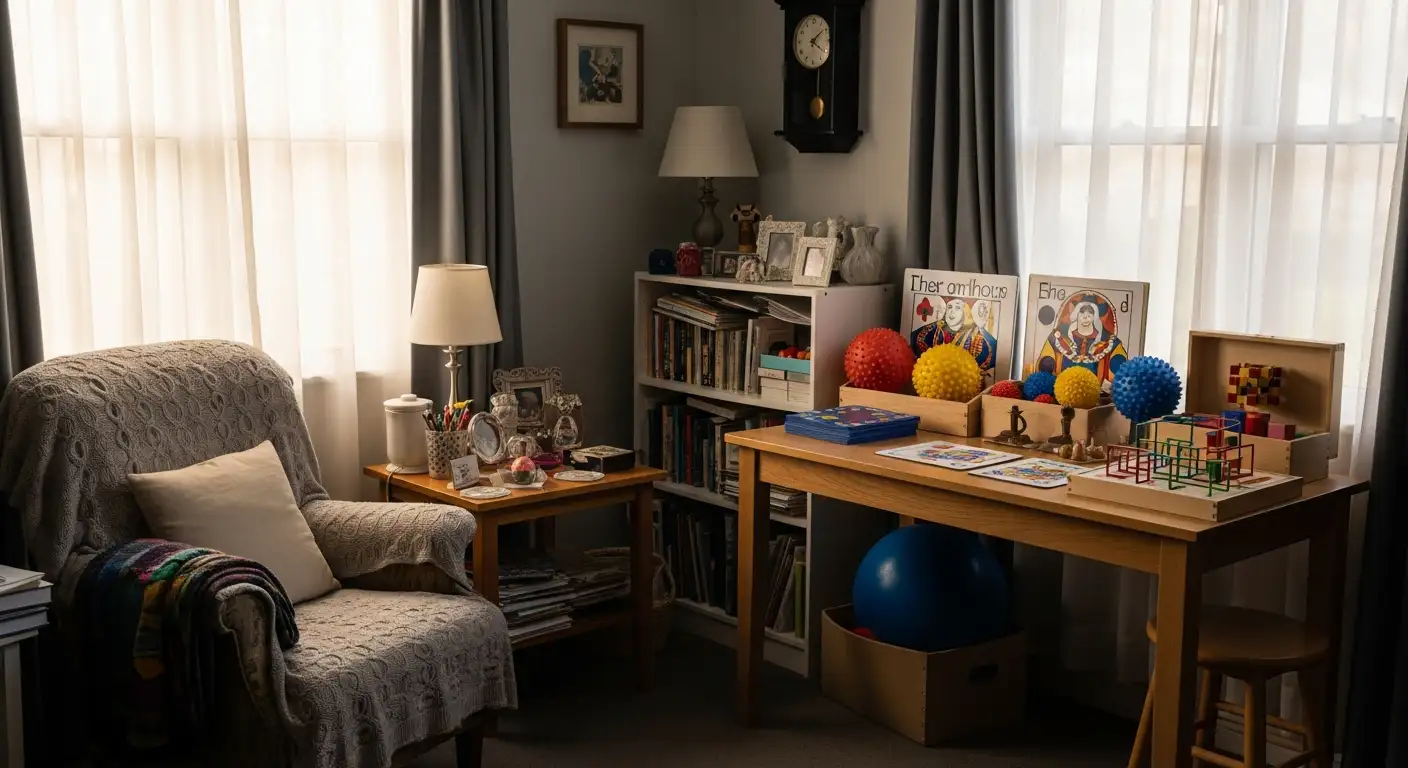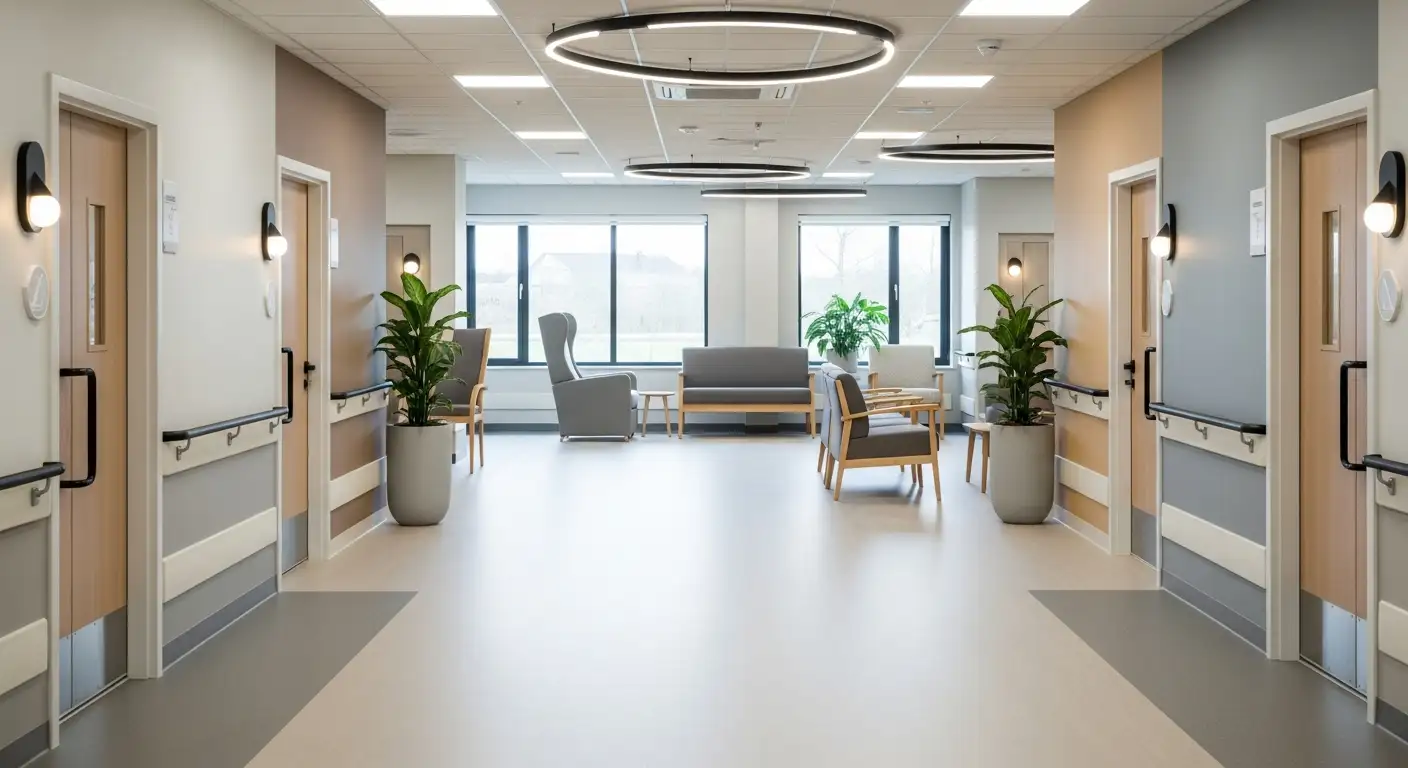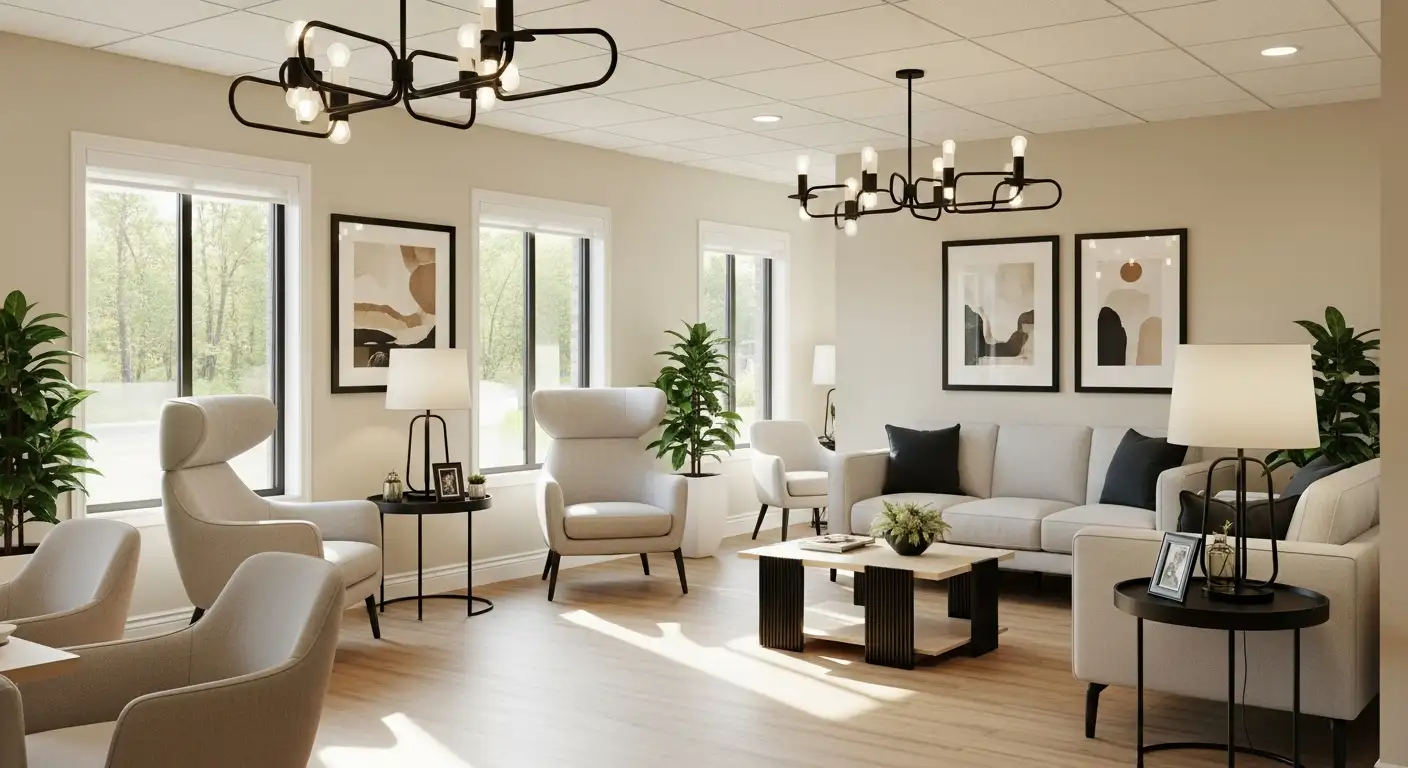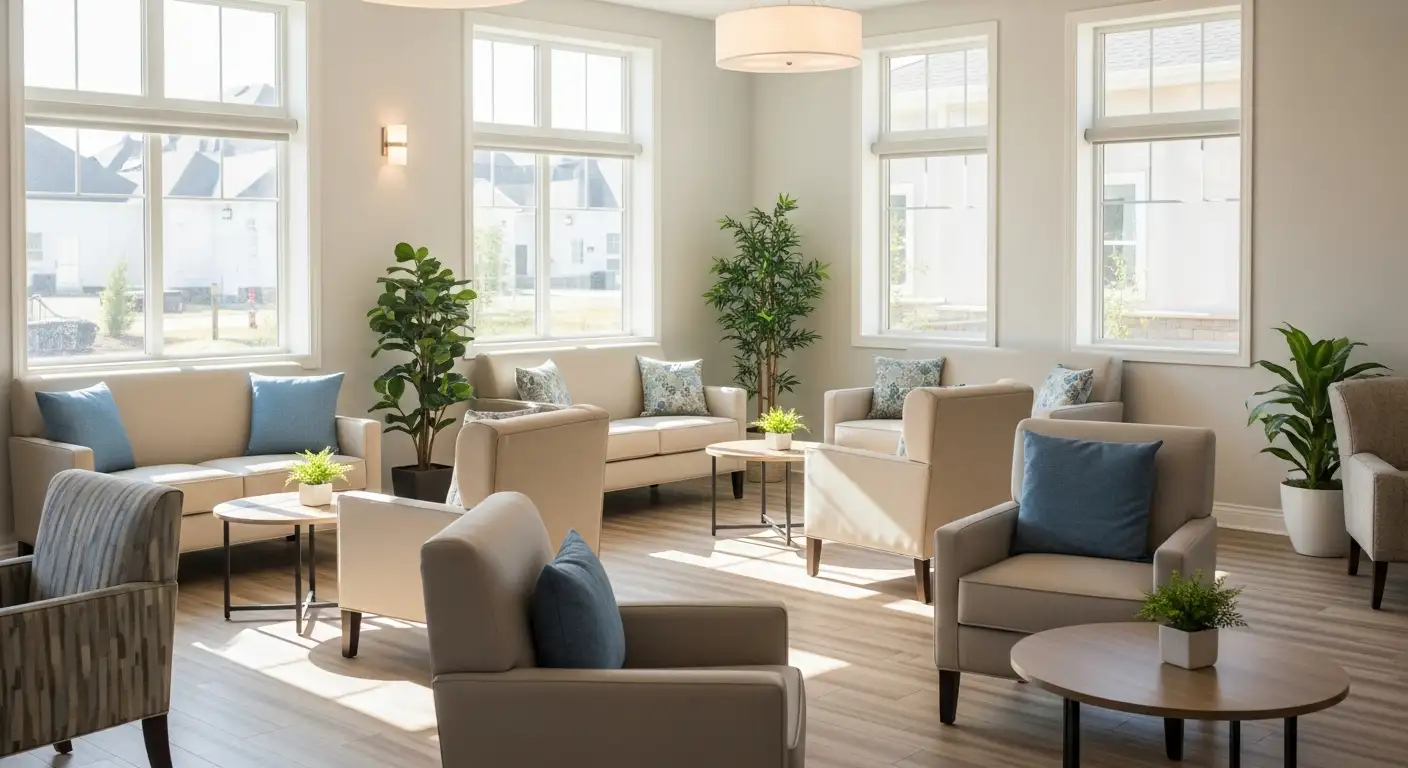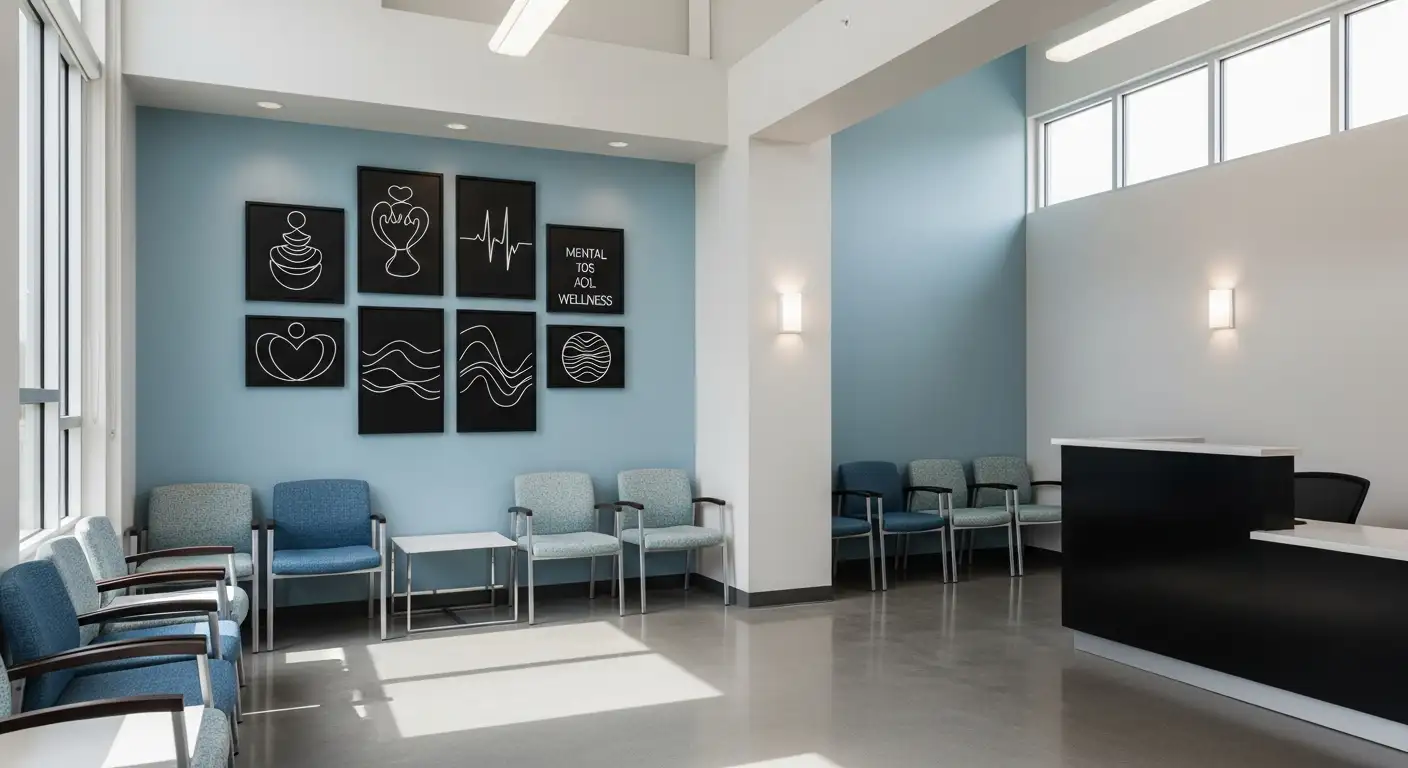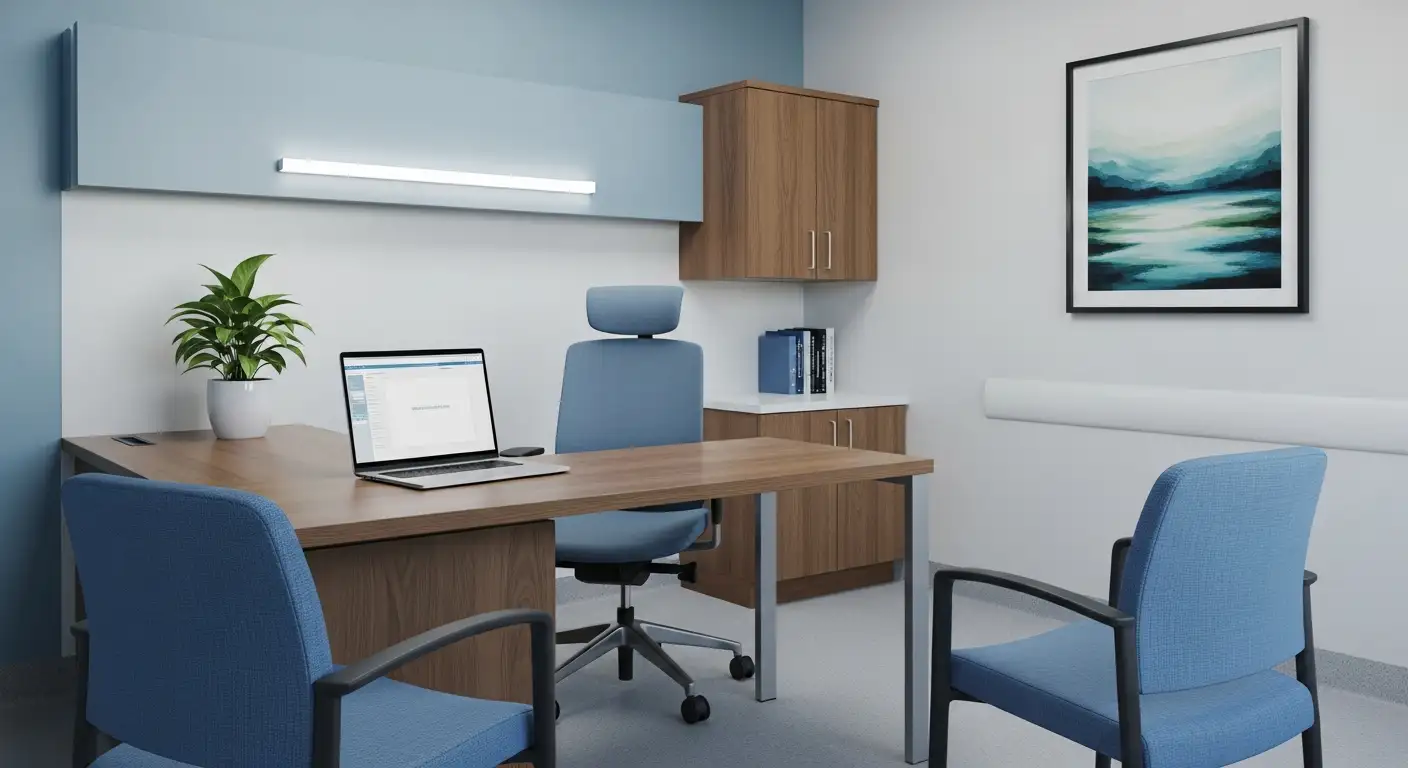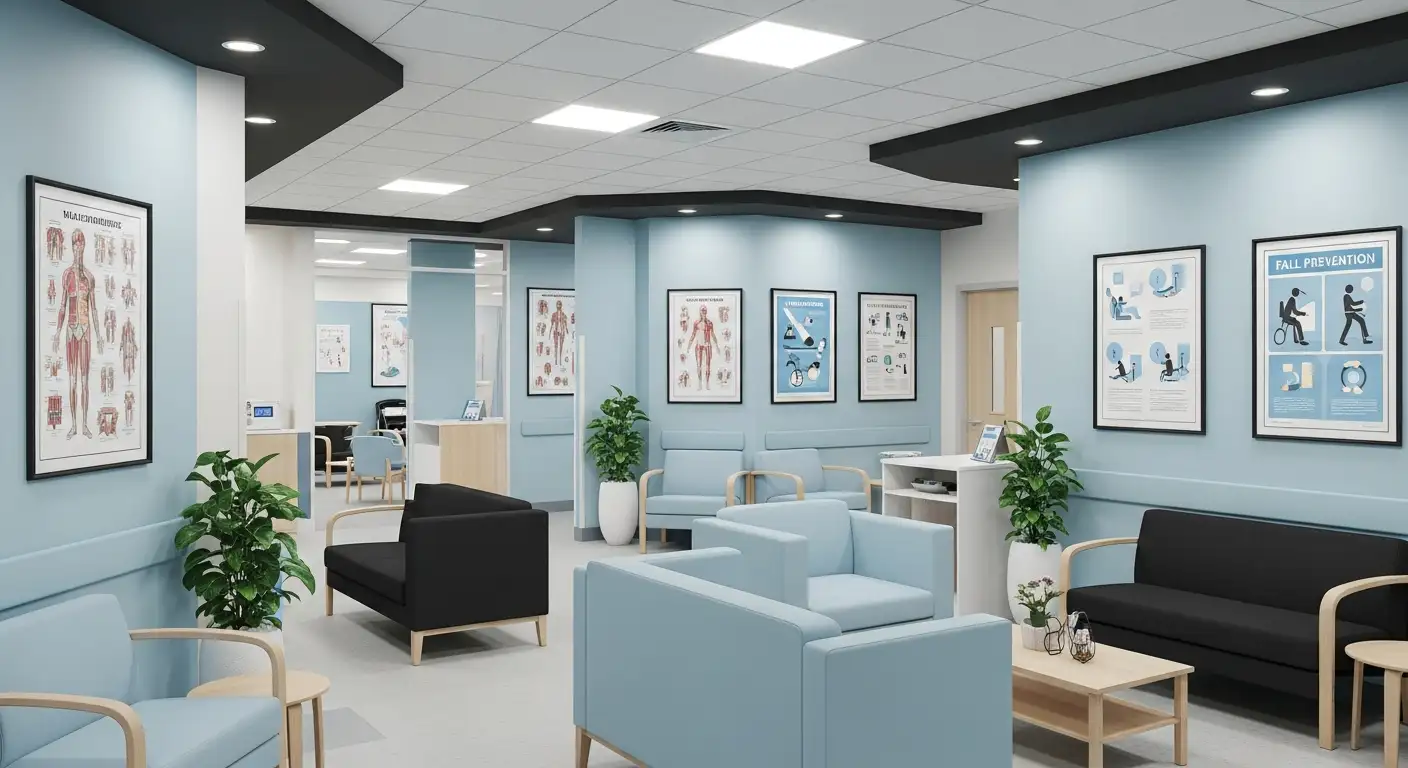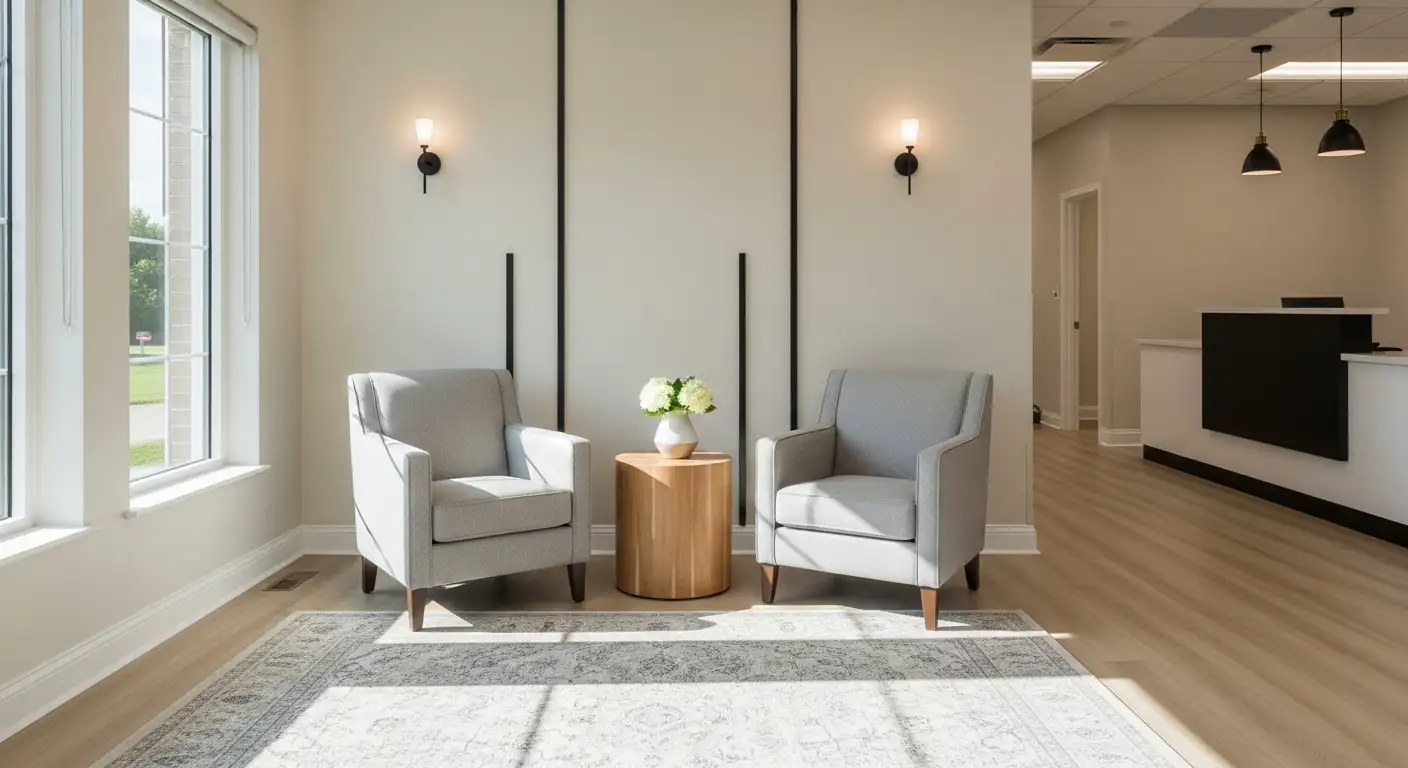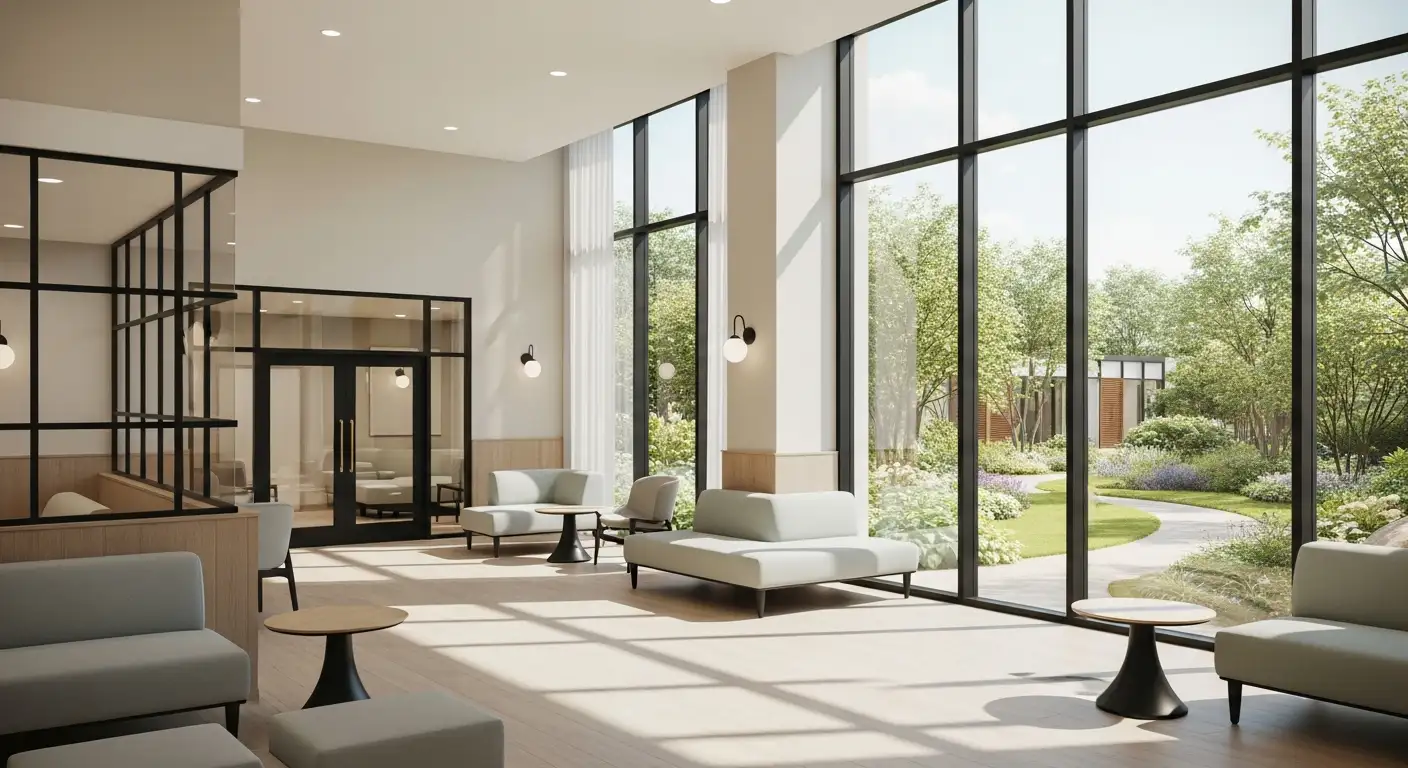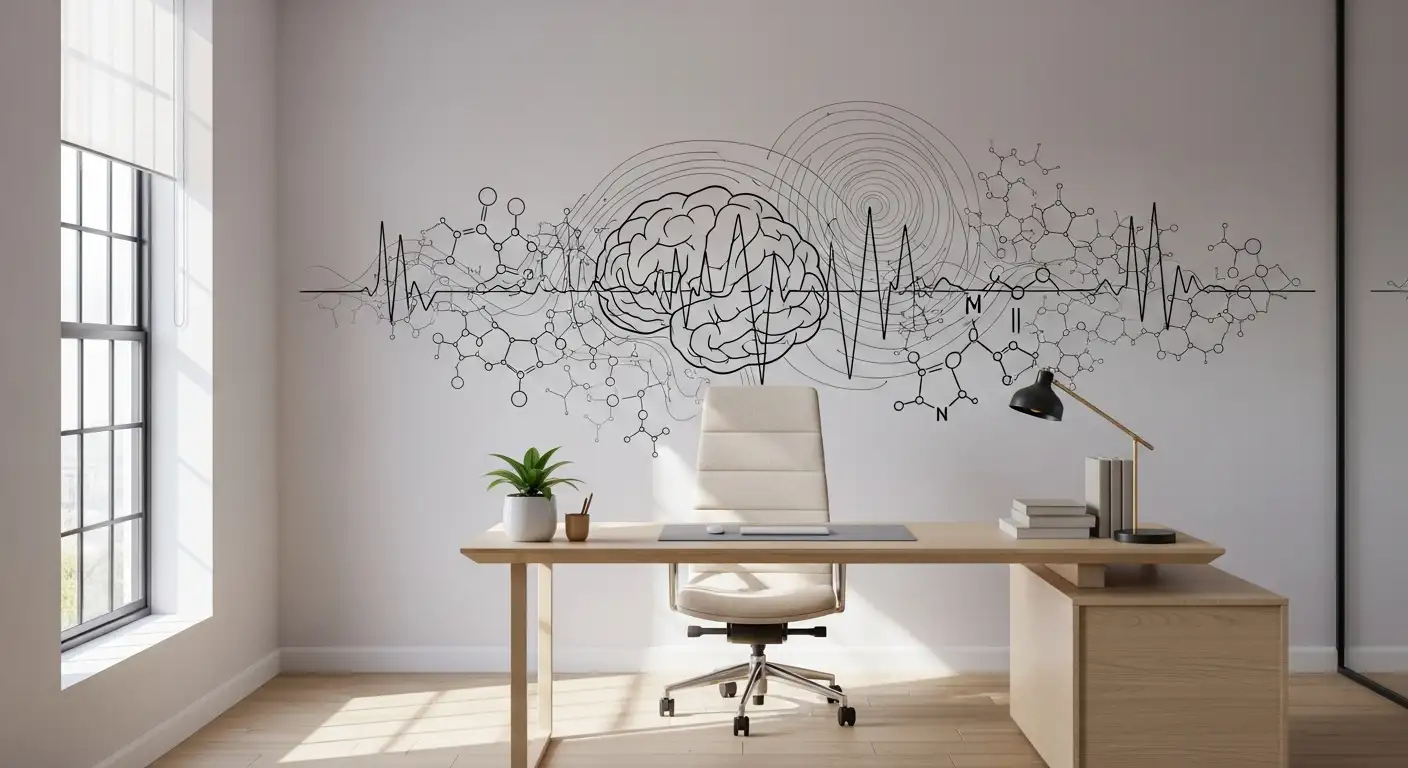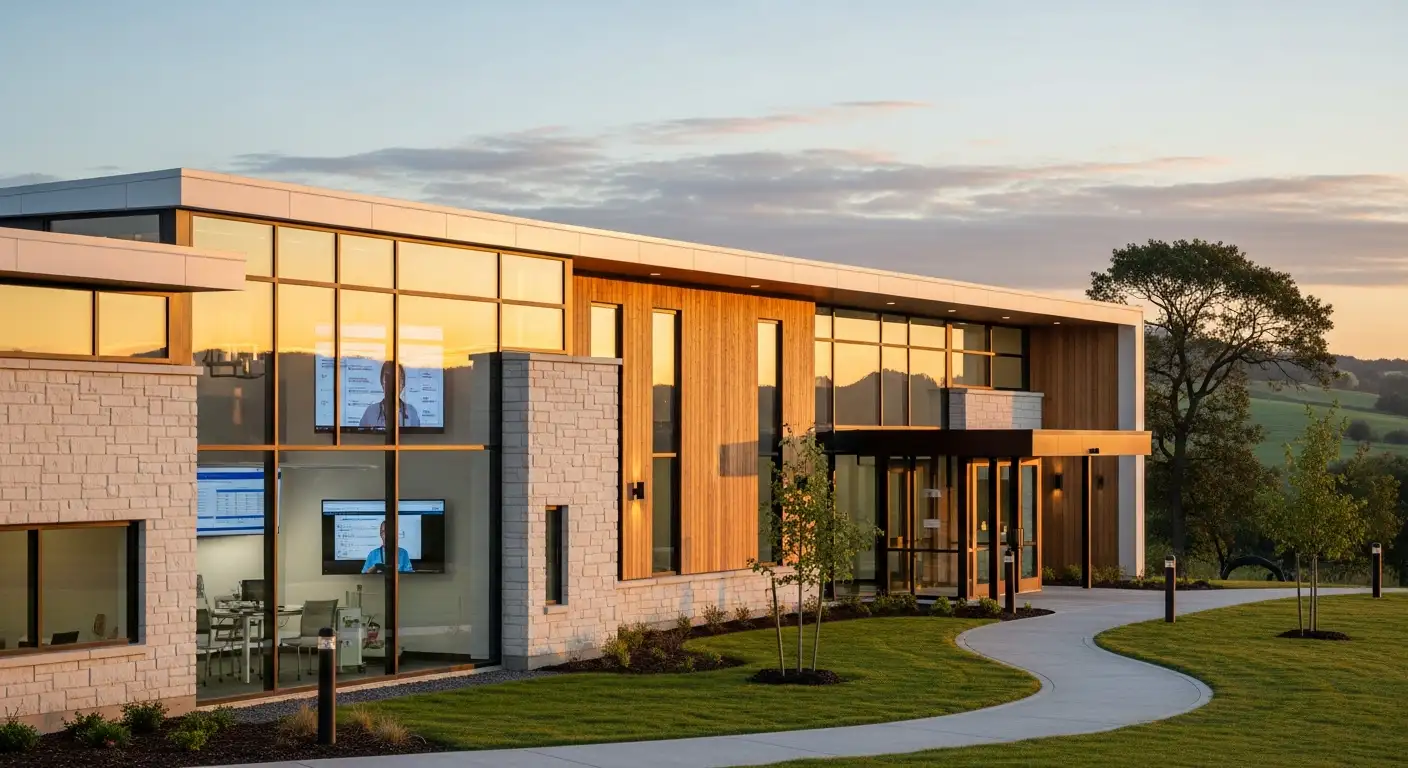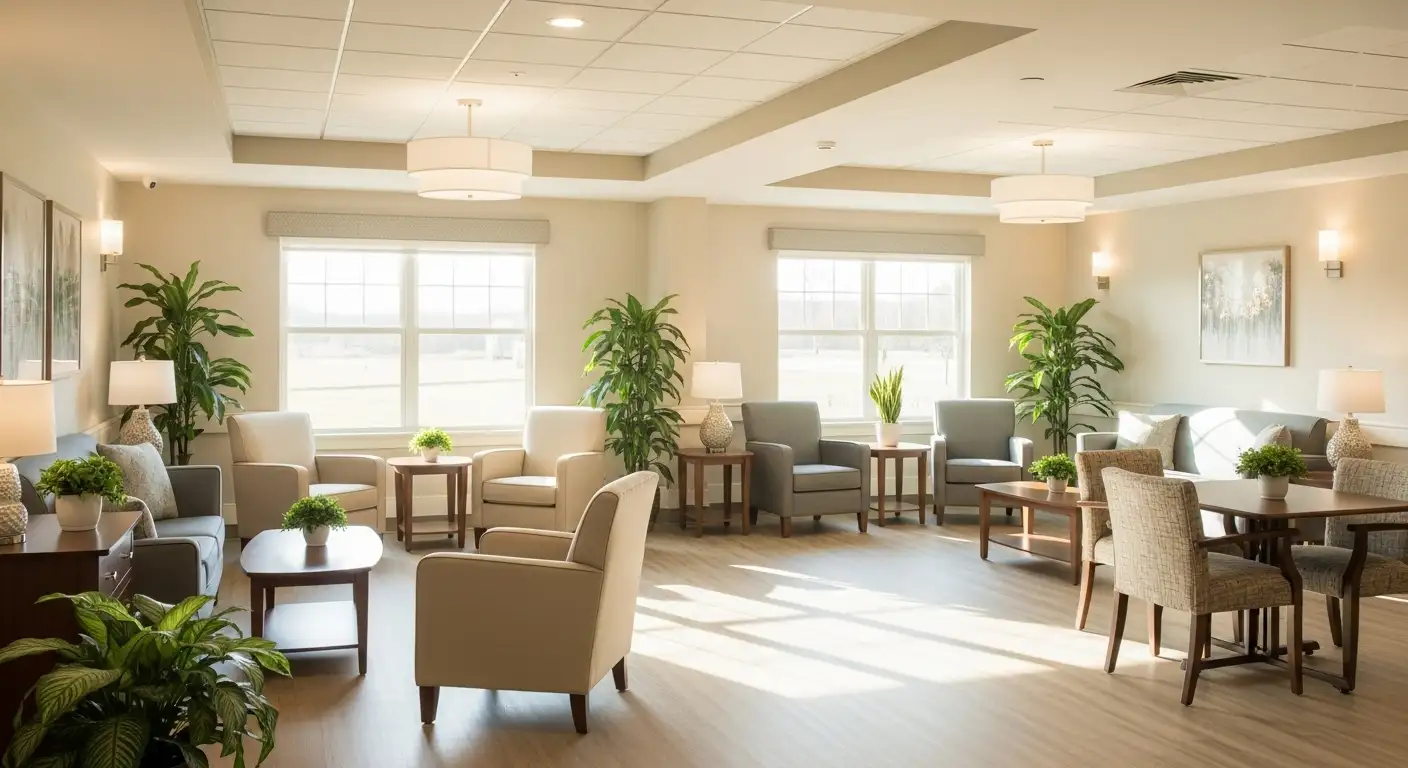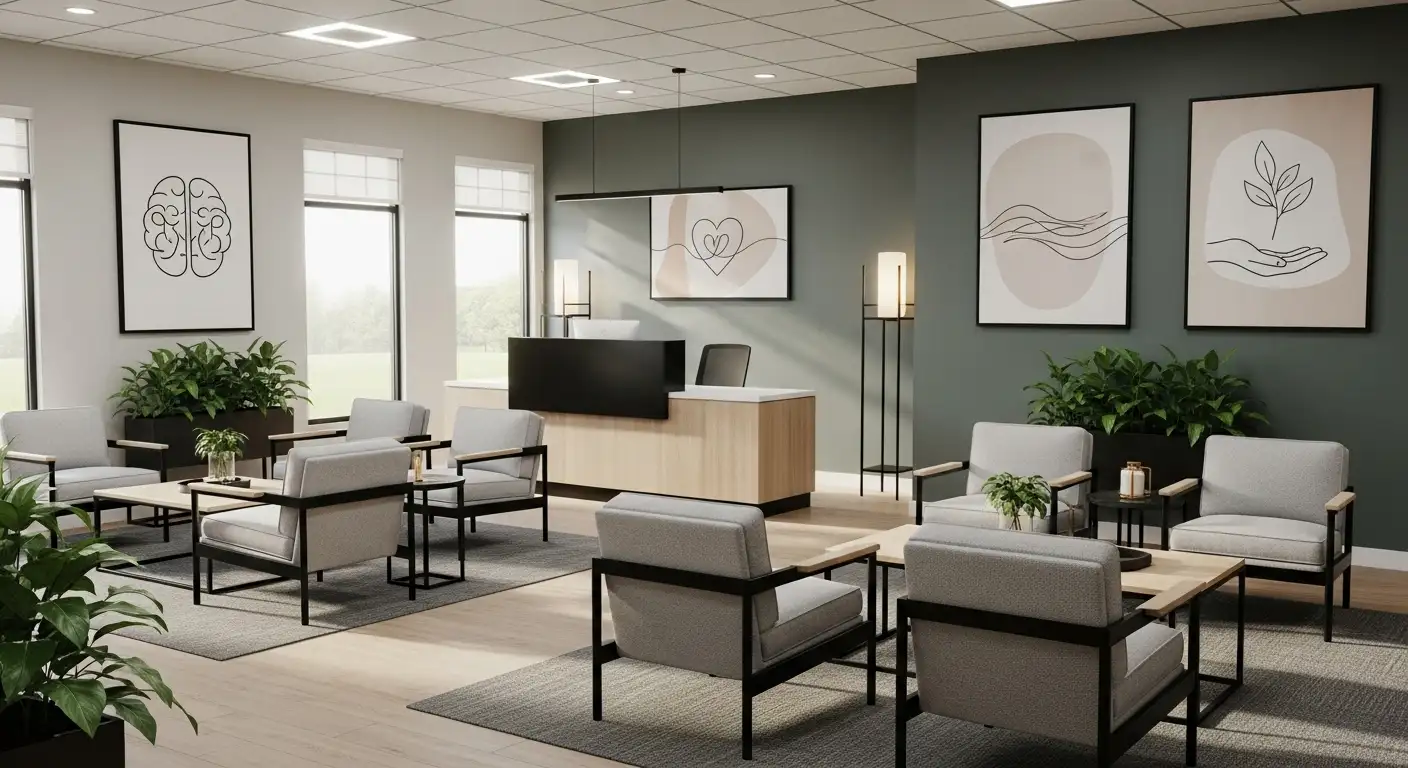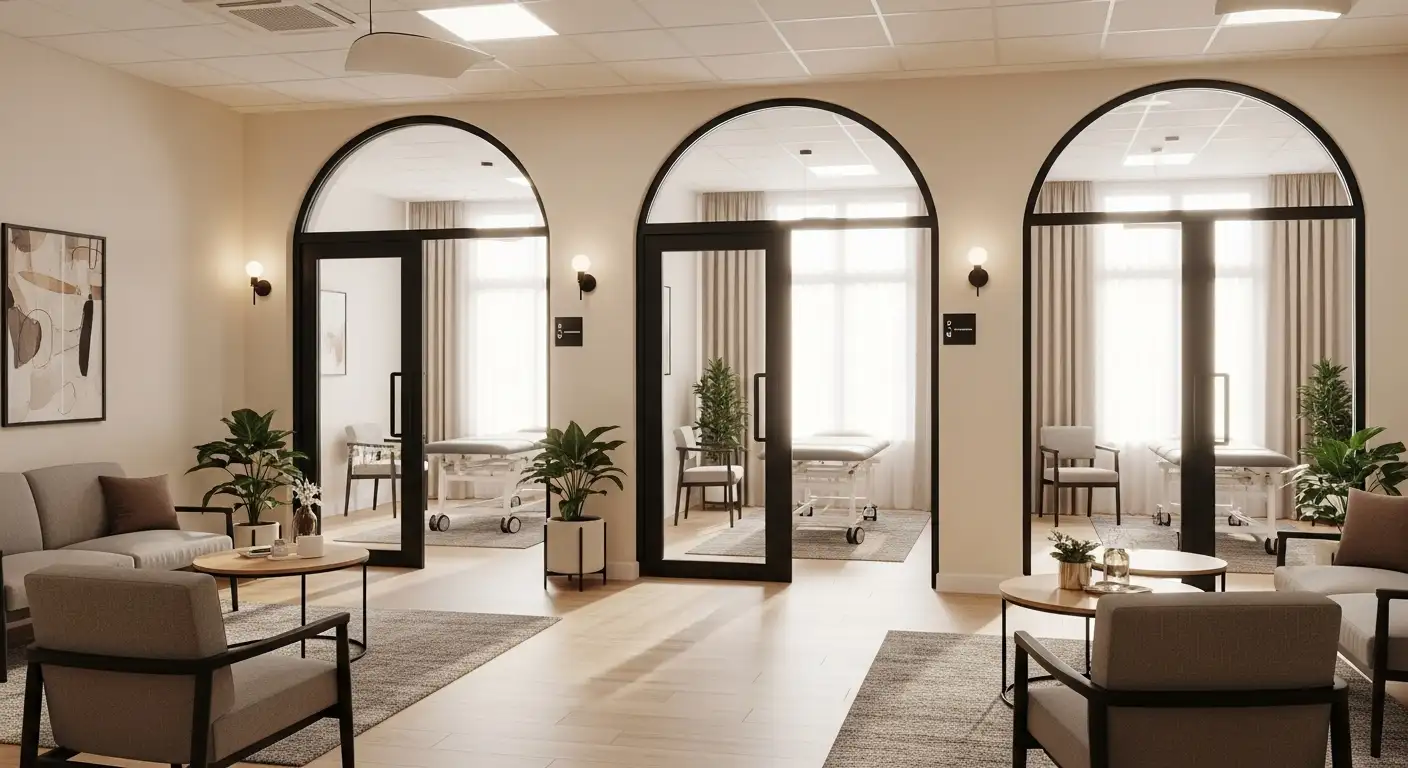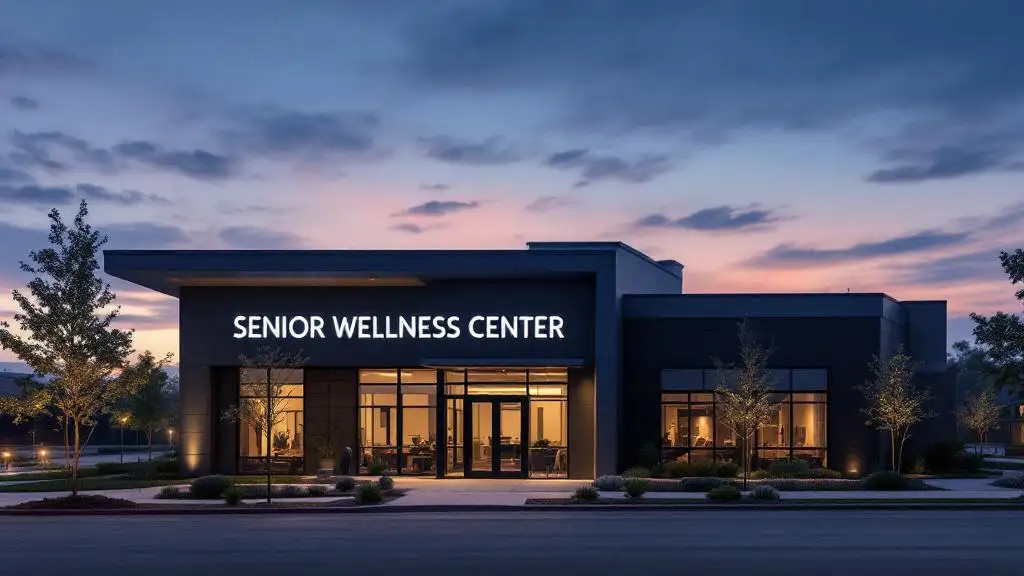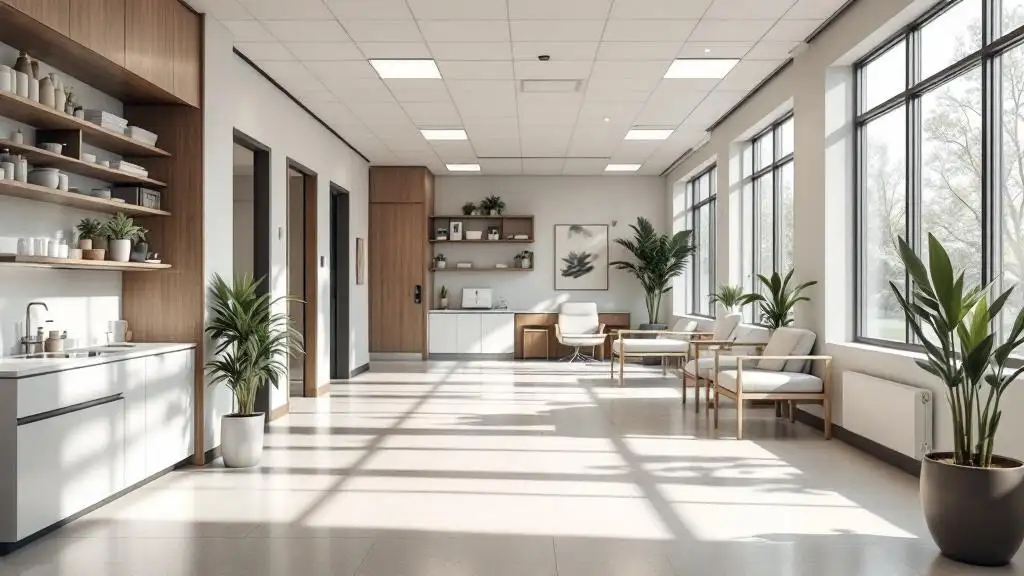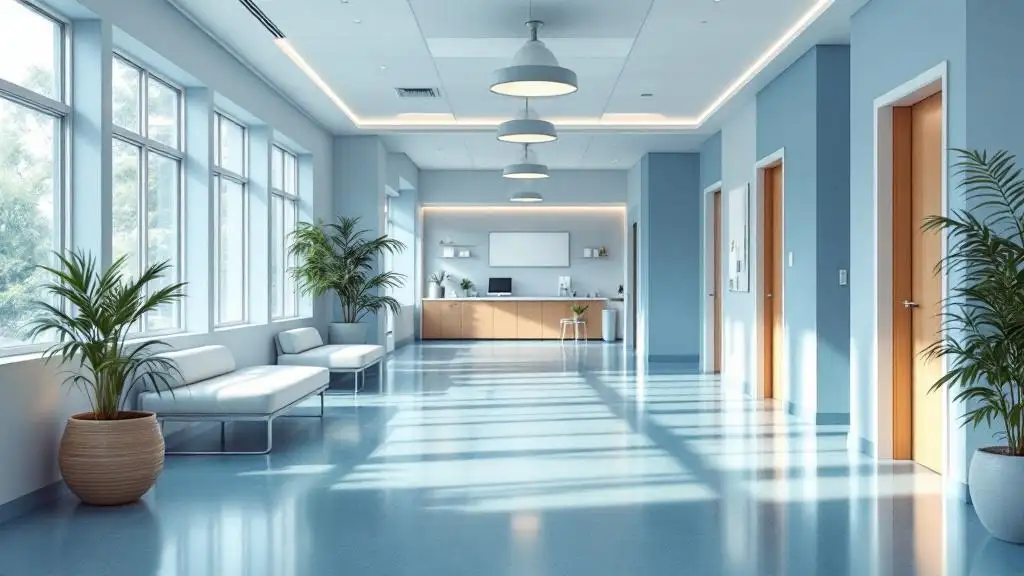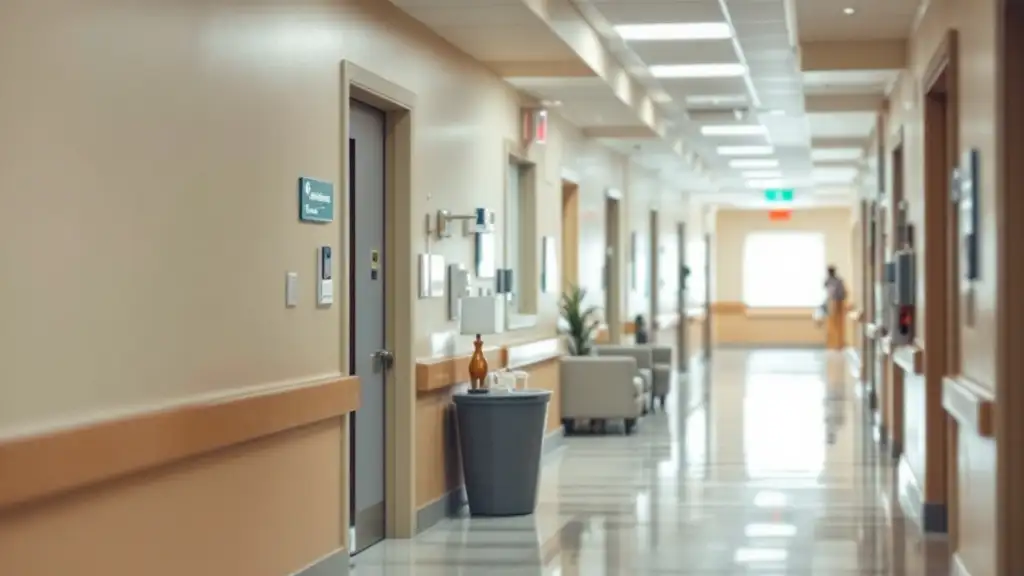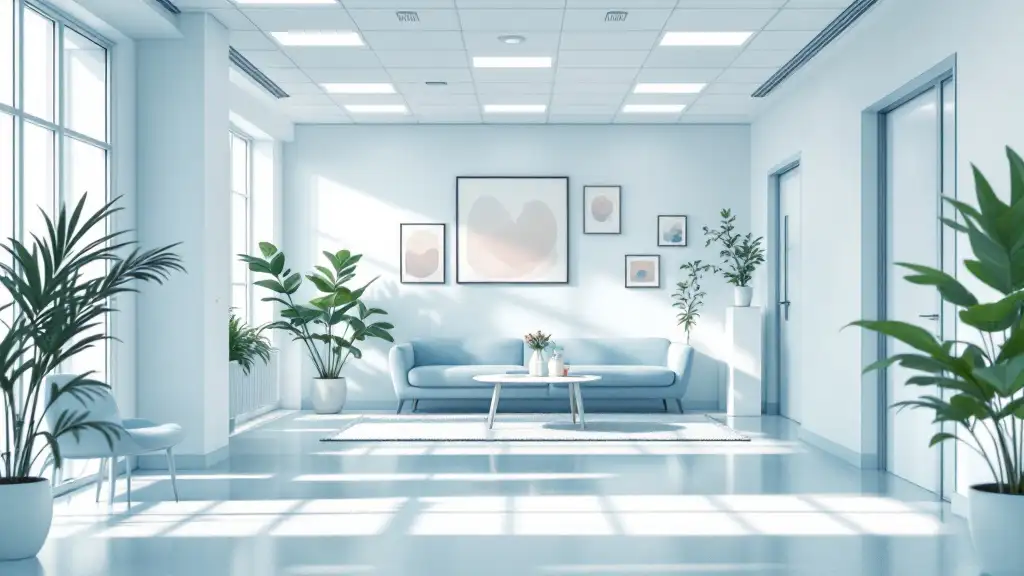Understanding the Need for Stigma-Free Depression Treatment in Geriatric Care
Depression is the most common mental health disorder among older adults, yet it remains underrecognized and undertreated largely due to pervasive stigma. In geriatric facilities, addressing this stigma is crucial to improving mental health outcomes and ensuring that older adults receive the compassionate, comprehensive care they deserve. This article explores strategies, guidelines, challenges, and innovative initiatives aimed at removing stigma from depression treatment within elder care settings, fostering an environment where mental health is treated with dignity and respect.
Prevalence and Impact of Depression in Older Adults
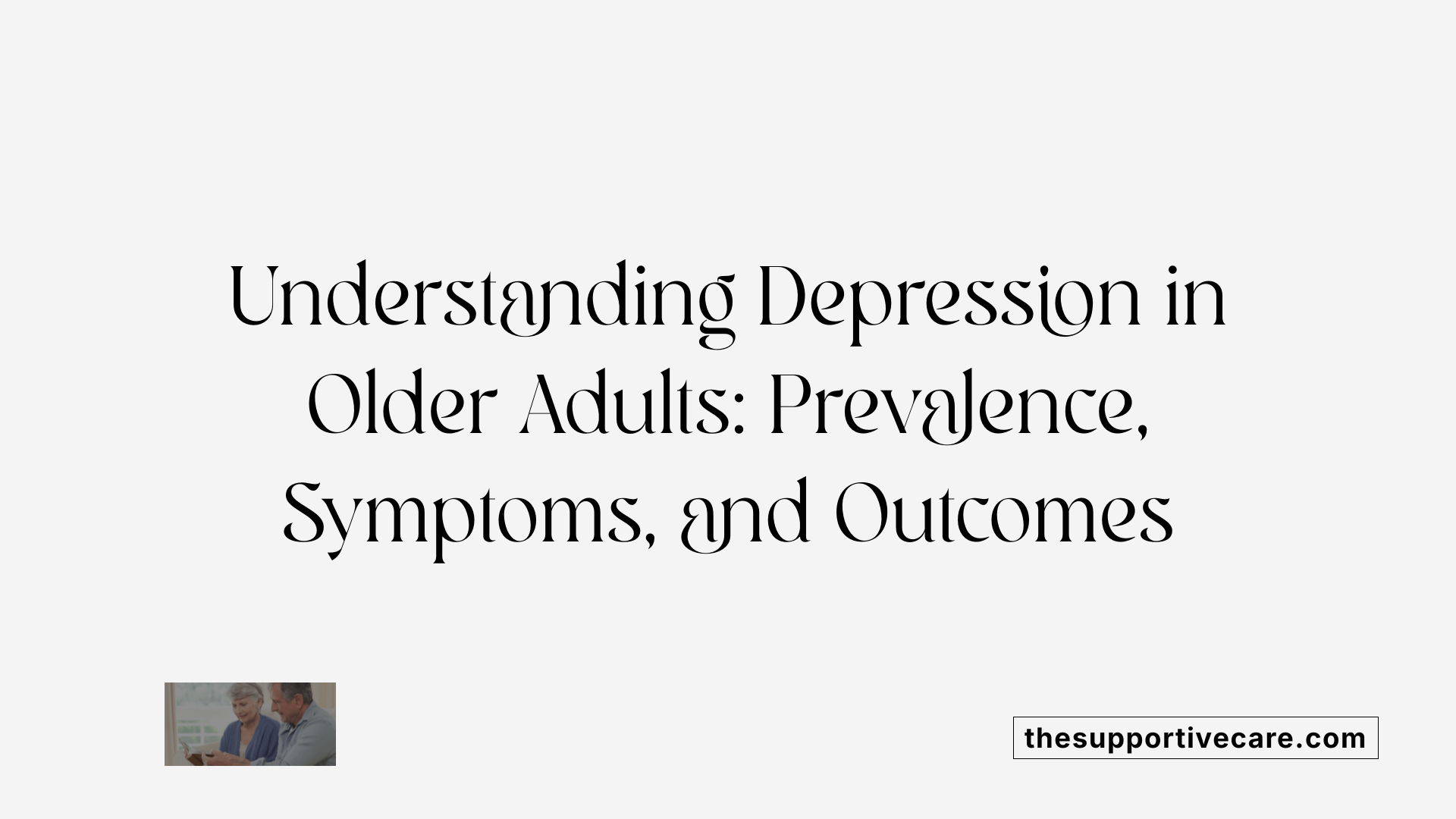
What is the prevalence of depression among seniors?
Depression affects approximately 4% of individuals aged 70 and older, totaling nearly 5 million elderly Americans. The prevalence can be even higher in specific settings, such as long-term care facilities, where rates range from 12% to 30%. Many older adults in primary care settings are diagnosed with major depression, with about 30% meeting the criteria for this severe form.
Minor depression, which involves fewer symptoms or less intense symptoms, is more common and can act as a precursor to major depression or a reaction to stressors. In community-dwelling elders, the prevalence approaches 10-20%, while in hospital and nursing home populations, rates are often significantly higher.
How does depression impact quality of life and health outcomes?
Untreated depression in older adults leads to various negative health consequences, including functional decline, poorer recovery from physical illnesses, increased disability, and higher mortality rates. It is associated with a greater risk of developing cognitive impairments or dementia, especially vascular depression linked to cerebrovascular issues.
Depression also increases the risk of suicide among elderly men, with some rates nearly doubling national averages. Additionally, it can worsen existing medical conditions such as heart disease, cancer, and Parkinson’s disease, complicating treatment outcomes.
Psychological well-being directly influences physical health, with effective treatment improving quality of life, maintaining independence, and reducing healthcare costs.
What are the common presenting symptoms in older adults?
Older adults often present with atypical symptoms compared to younger populations. Instead of feeling sad or hopeless, they may exhibit physical complaints like dizziness, aches, pains, weight loss, or sleep disturbances.
Symptoms such as irritability, social withdrawal, lack of interest in activities, fatigue, and cognitive disturbances are typical. Many do not report emotional symptoms due to stigma or difficulty verbalizing feelings.
This presentation can lead to misdiagnosis as physical illnesses or cognitive decline are mistaken for depression, delaying appropriate treatment. Recognizing these symptoms early through screenings like the Geriatric Depression Scale is essential for timely intervention.
Overview table of depression characteristics in older adults
| Aspect | Details | Notes |
|---|---|---|
| Prevalence | 4% to 20% depending on setting | Higher in long-term care |
| Typical Symptoms | Sleep and appetite changes, fatigue, social withdrawal | Often somatic in presentation |
| Common Risk Factors | Chronic illness, social isolation, bereavement | Vascular and medical conditions |
| Outcomes if untreated | Disability, mortality, cognitive decline | Important to identify early |
| Treatment efficacy | 54-84% response rate | Includes medication, psychotherapy, ECT |
Understanding the scope and presentation of depression among older adults highlights the importance of early detection and personalized care, ultimately improving overall outcomes for this vulnerable population.
Understanding the Stigma Surrounding Mental Health in the Elderly
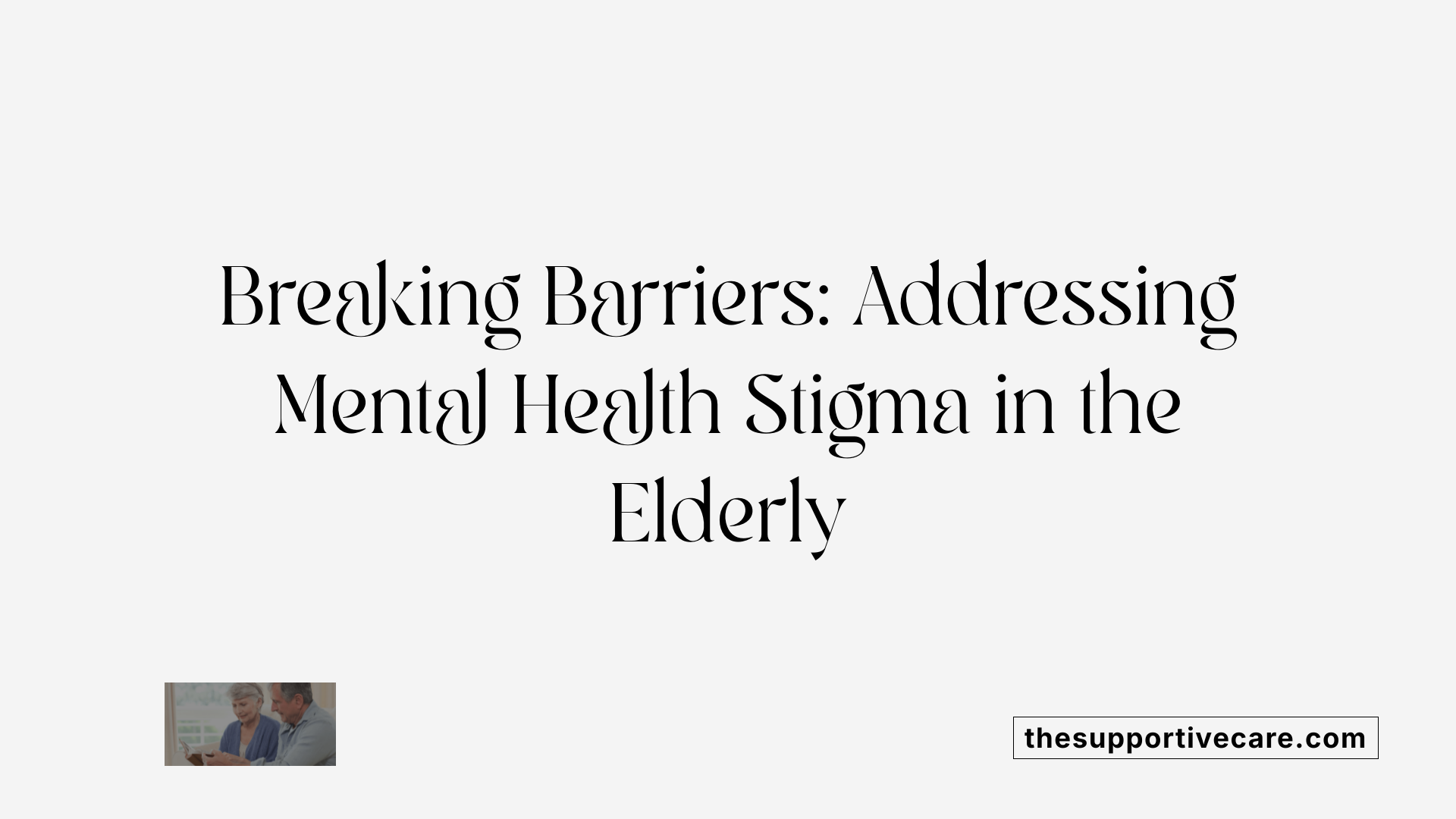
What is the stigma around mental health in the elderly?
The stigma attached to mental health issues among older adults stems from society's negative attitudes, stereotypes, and misconceptions. Many view mental illness as a sign of personal weakness or see mental health problems as an inevitable part of aging, which discourages seeking help.
Older adults often internalize these beliefs, feeling ashamed or guilty about their struggles. This internalized stigma can lead to social withdrawal, increased feelings of isolation, and reluctance to discuss symptoms with healthcare providers.
Societal attitudes are reinforced by ageist views that dismiss mental health concerns as normal aging processes, further delaying diagnosis and treatment. Media representations rarely address these issues openly, contributing to misinformation and misconceptions.
Overcoming this stigma requires efforts to raise awareness and challenge false beliefs. Promoting positive, respectful language about mental health, fostering community support, and integrating mental health care into routine medical services for seniors are essential steps. These strategies help create an environment where older adults feel safe and encouraged to seek and receive the help they need.
Barriers to Help-Seeking and Diagnosis
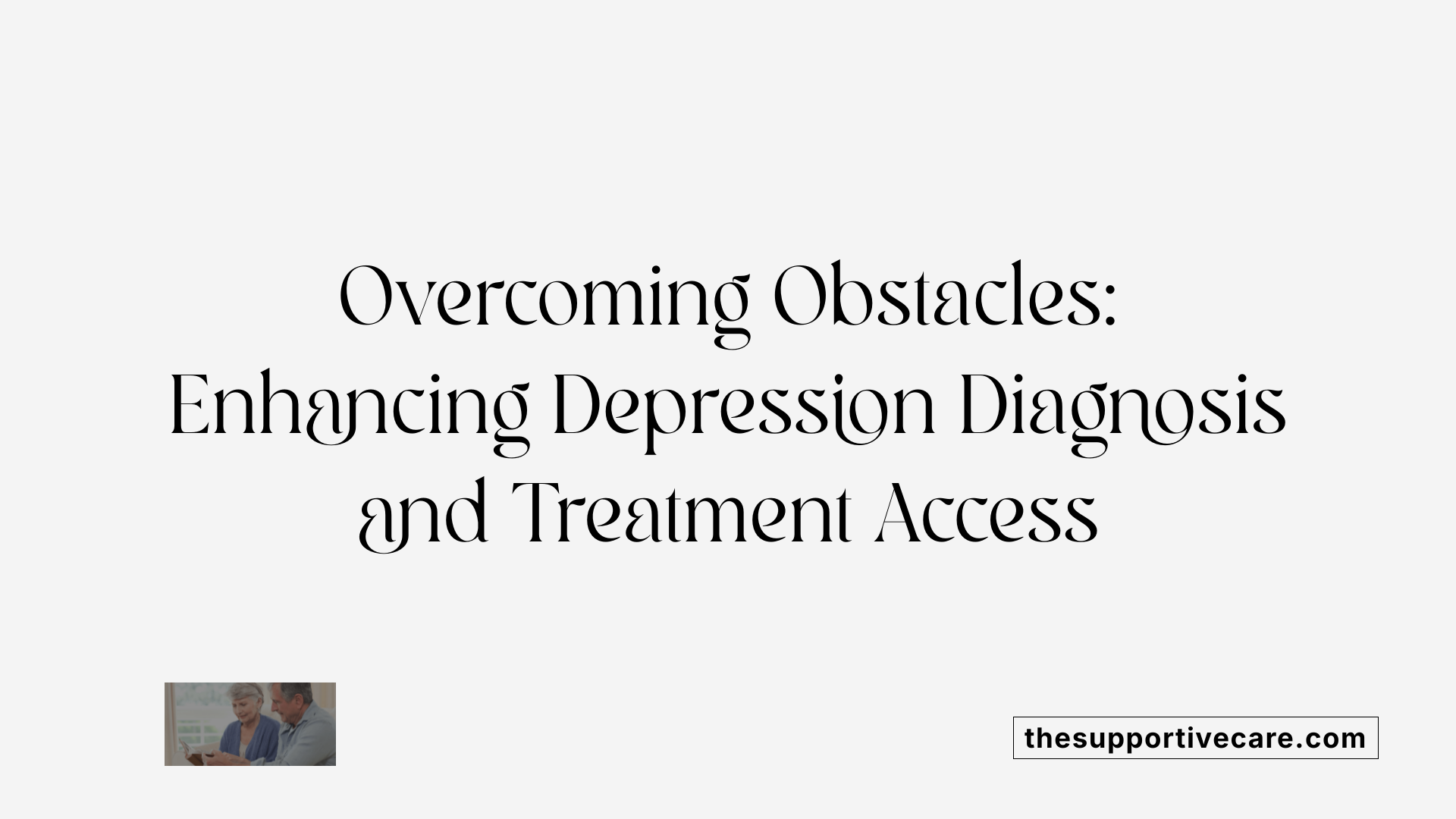
What are the main barriers preventing older adults from seeking help for depression?
Older adults face several obstacles that hinder their access to mental health care. One prominent barrier is the misconception that depression is a normal part of aging. Many believe feelings of sadness, fatigue, or loss of interest are just typical signs of getting older, which delays recognition and treatment.
Overlap between physical health issues and depression further complicates diagnosis. Symptoms like sleep disturbances, weight changes, and fatigue are common in medical illnesses such as arthritis, heart disease, or cancer, making it difficult for providers to differentiate depression from physical ailments.
Limited screening and assessment tools pose additional challenges. While tools like the Geriatric Depression Scale (GDS) are helpful, they are not universally utilized in primary care settings. Many health providers lack training or time to thoroughly assess mental health, leading to underdiagnosis.
Furthermore, lack of awareness among health professionals and families reduces recognition efforts. Caregivers and even some clinicians may not be aware of depression’s signs or may attribute symptoms solely to aging or physical illnesses, thereby overlooking the mental health component.
Why is depression in older adults often underdiagnosed?
Depression symptoms can manifest atypically in the elderly, often presenting as physical complaints such as dizziness, aches, or gastrointestinal issues rather than emotional distress. These somatic symptoms are frequently mistaken for medical conditions, leading to misdiagnosis or missed diagnosis.
Moreover, internalized stigma and fear of judgment discourage many older adults from discussing emotional struggles. They may feel ashamed to admit feelings of hopelessness or sadness, believing they should manage alone or that treatment is unnecessary.
Healthcare providers may also be influenced by ageist attitudes, assuming mood disturbances are normal or less urgent in the elderly. This assumption leads to a lack of routine depression screening during medical visits.
What strategies can improve detection and reduce barriers?
Implementing routine mental health screening in primary care can significantly enhance detection. Using validated tools like the GDS during regular checkups encourages early identification.
Educating healthcare professionals and families about the distinction between normal aging and depression helps reduce misconceptions. Training providers to recognize atypical presentations ensures prompt diagnosis.
Addressing stigma directly through community education and support groups encourages older adults to seek help without shame. Tailored interventions that recognize cultural and racial differences—such as higher internalized stigma among African American elders—are particularly effective.
Finally, increasing access to community-based mental health services and integrating mental health care into primary health settings reduces logistical barriers such as transportation and cost, promoting timely treatment.
How do misconceptions about aging impact depression diagnosis?
Many believe that feeling sad or tired is inevitable with age, which discourages seeking help and leads to untreated depression. This misconception prevents both patients and providers from recognizing depressive symptoms as treatable conditions instead of normal aging phenomena.
Educational efforts aimed at debunking these myths are essential to improve help-seeking behaviors and ensure older adults receive appropriate care.
| Aspect | Challenges | Recommendations |
|---|---|---|
| Misattribution to normal aging | Symptoms dismissed as inevitable | Increase awareness, routine screening |
| Physical health overlap | Similar symptoms with medical illnesses | Use comprehensive assessment and differential diagnosis |
| Screening tools | Underutilized or not tailored | Implement standardized, validated tools in primary care |
| Provider and family awareness | Limited knowledge and misconceptions | Educate caregivers and healthcare workers |
Effective Treatments and Intervention Strategies
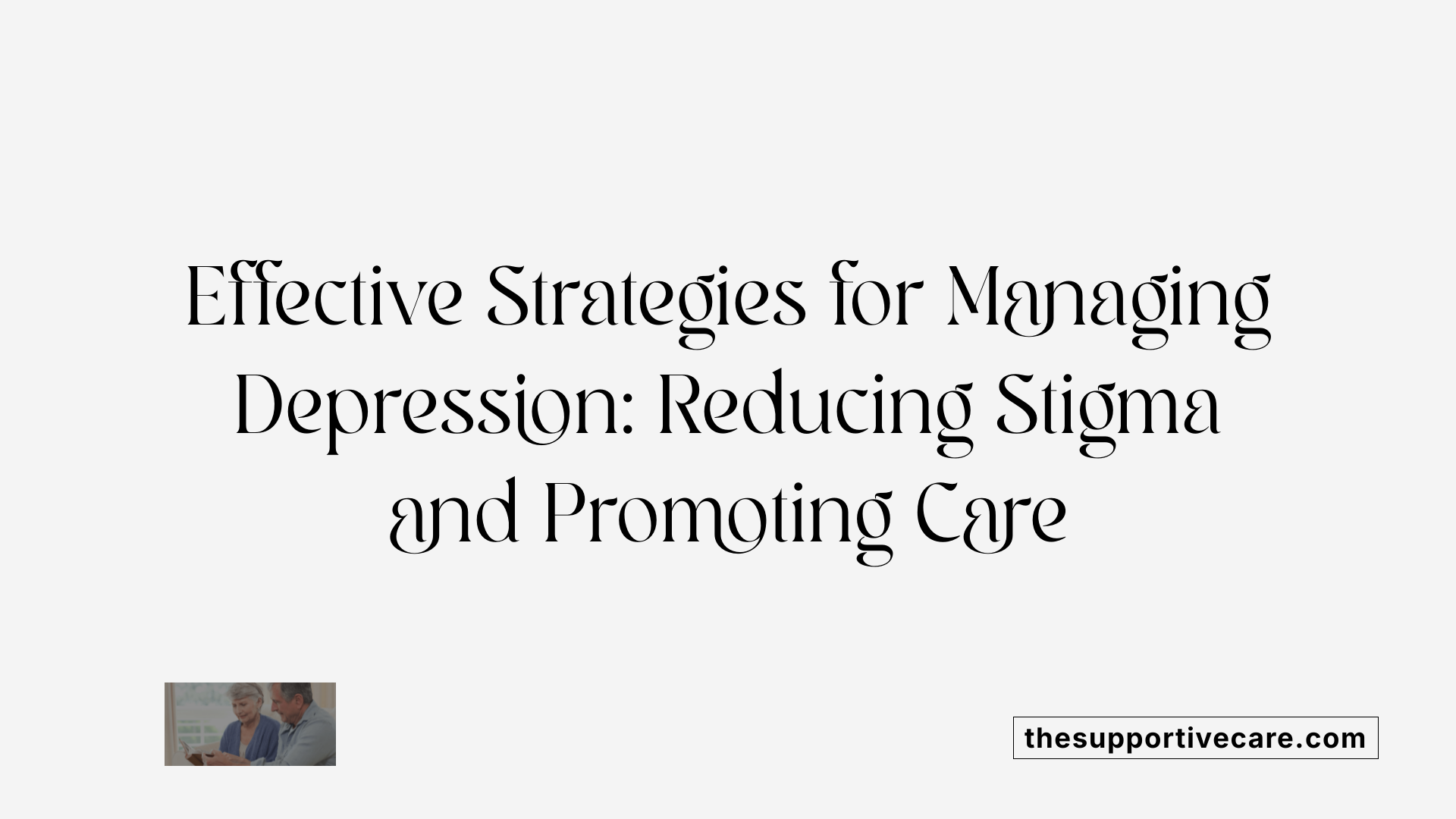
What are effective treatment approaches for depression in older adults that help reduce stigma?
Treating depression in older adults involves a set of approaches that not only aim to alleviate symptoms but also actively work to reduce the stigma associated with mental health treatment. Pharmacotherapy, especially with selective serotonin reuptake inhibitors (SSRIs), remains a cornerstone because of their safety, tolerability, and proven effectiveness in this age group. Medications are often combined with psychosocial interventions, such as cognitive-behavioral therapy (CBT) and supportive psychotherapy, which are tailored to meet the unique needs of older patients.
Psychotherapy options like CBT help modify negative thought patterns and reinforce positive behaviors, improving mental health outcomes. Supportive therapies foster social engagement and resilience, reducing feelings of isolation and stigma. Electroconvulsive therapy (ECT) and other neuromodulation techniques are reserved for severe cases or those who do not respond to medications and are highly effective in achieving remission.
Beyond direct treatment, efforts to address stigma include community-based programs that provide accessible, stigma-free mental health services. These programs often integrate depression screening and education initiatives, making it easier for seniors to seek help without fear of judgment.
Collaborative care models—where primary care providers work closely with mental health specialists—have shown to improve detection, treatment adherence, and outcomes. These models help normalize mental health treatment within general healthcare, reducing the stigma associated with seeking psychological help.
Additionally, targeted interventions such as psychoeducation and peer support groups can help older adults understand depression as a treatable condition, thereby improving attitudes toward mental health treatment. Removing barriers related to misinformation and fear encourages more consistent engagement with care.
In summary, combining evidence-based pharmacological and psychotherapeutic treatments with community outreach, education, and integrated care models can significantly reduce stigma and improve treatment uptake among older adults with depression. These strategies foster a supportive environment where older individuals feel empowered to seek and adhere to effective treatment, leading to better health outcomes.
Clinical Guidelines and Best Practices for Geriatric Depression Management
Guideline overview: Indian Psychiatric Society, WHO
The Indian Psychiatric Society has published comprehensive clinical practice guidelines for managing depression in older adults, emphasizing a biopsychosocial approach. These guidelines recommend thorough assessment, accurate diagnosis, and personalized treatment plans that include medication, psychotherapy, and social support. The WHO also provides structured programs, such as mhGAP, which focus on early recognition and community-based care. Both frameworks stress the importance of tailored interventions that consider the unique physical and psychological needs of elderly patients.
Assessment tools and protocols
Effective assessment is crucial for diagnosing depression in older patients, especially given atypical presentations like somatic complaints. Tools such as the Geriatric Depression Scale (GDS), Hamilton Rating Scale for Depression, and the Cornell Scale for Depression in Dementia are validated options. These scales facilitate screening and monitor treatment response. Diagnosis involves detailed history-taking, mental status examinations, and ruling out medical causes with laboratory tests. Periodic reassessment ensures treatment effectiveness and allows adjustments.
Treatment planning: biopsychosocial approach
A multidisciplinary approach is essential for managing geriatric depression. Pharmacotherapy with selective serotonin reuptake inhibitors (SSRIs) is often first-line due to safety and tolerability. Psychotherapy, including cognitive-behavioral therapy and supportive counseling, complements medication, especially in mild to moderate cases. Lifestyle modifications, social engagement, and addressing physical illnesses are integral components. Electroconvulsive therapy (ECT) remains an option for severe or resistant depression, providing high remission rates.
Monitoring and follow-up routines
Regular follow-up is vital to evaluate treatment response, side effects, and adherence. Monitoring involves clinical assessments and patient or caregiver feedback. Careful management of medication dosages, recognition of potential side effects like hyponatremia or gastrointestinal issues, and adjustments as needed improve outcomes. Family involvement enhances adherence and supports psychosocial interventions. Maintenance therapy is often necessary due to high recurrence risks.
Incorporating stigma reduction in guidelines
While existing guidelines primarily address clinical diagnosis and treatment, there is growing recognition of the role of stigma in underdiagnosis and undertreatment. Some frameworks recommend psychoeducation and community outreach to normalize depression and challenge misconceptions. Strategies include raising awareness about depression being a common and treatable condition, emphasizing its distinction from normal aging, and promoting respectful, stigma-free care environments. Incorporating these approaches into routine practice can improve engagement and adherence among older adults.
In summary, managing depression in the elderly requires adherence to comprehensive guidelines that support accurate diagnosis, personalized treatment, continuous monitoring, and efforts to reduce stigma—ensuring older adults receive the quality mental health care they deserve.
Optimizing Access to Mental Health Services and Overcoming Barriers
How can healthcare professionals and caregivers improve access to mental health services for elderly patients by addressing stigma?
Reducing stigma around depression and mental health is essential for encouraging older adults to seek help. Healthcare professionals play a pivotal role by promoting awareness and normalizing mental health discussions as a regular part of aging. Training staff to recognize internalized stigma and create a supportive, nonjudgmental environment can make elderly patients feel more comfortable about opening up.
Community outreach is also vital. Organizing support groups, educational campaigns, and community activities helps challenge negative stereotypes and ageist beliefs about mental illness. These initiatives can foster a culture where mental health issues are seen as manageable and treatable, rather than as a sign of weakness or normal aging.
Making services more accessible, affordable, and integrated into familiar settings, such as primary care clinics or community centers, minimizes logistical barriers. When older adults see mental health care as a normal part of overall health, help-seeking behavior increases.
Providing clear information and increasing mental health literacy among seniors empower them to recognize symptoms and understand treatment options. This combination of education, destigmatization, and accessible services ultimately enhances mental health outcomes for the elderly.
Research Initiatives and Future Directions in Stigma Reduction
What current research and initiatives are aimed at reducing stigma related to depression in older populations?
Efforts to reduce stigma surrounding depression in older adults are multifaceted, focusing on both individual and community levels. Recent studies highlight the importance of addressing internalized stigma, which heavily influences whether older adults seek mental health treatment. Interventions such as peer-led support programs have gained attention, where older individuals are supported by peers who share similar experiences. These programs have been shown to foster a sense of understanding and reduce feelings of shame, encouraging more help-seeking behavior.
In addition, technology-based solutions like online support groups and digital psychoeducation are emerging as effective tools to challenge stigmatizing beliefs. These digital platforms provide accessible, anonymous avenues for older adults to learn about depression, share their experiences, and seek encouragement.
On a broader scale, international initiatives like the World Health Organization’s (WHO) Decade of Healthy Ageing (2021-2030) actively promote anti-ageism campaigns and mental health awareness. The United Nations (UN) supports policies emphasizing respect and dignity for older adults, aiming to dismantle stereotypes about aging and mental health.
Promoting positive narratives about aging, such as emphasizing resilience, wisdom, and ongoing contributions to society, is another strategy endorsed by researchers and policymakers. Public health campaigns now focus on showcasing stories of older adults thriving despite challenges, thereby counteracting negative stereotypes idea that aging equates to decline.
Further, integrating mental health education into primary care and community settings facilitates early recognition and reduces misconceptions. Community-based programs that combine health education with social activities aim to break down barriers to help-seeking.
Overall, current research suggests that a combination of clinical innovation, community engagement, and policy support is essential for meaningful progress in reducing stigma and enhancing mental health outcomes among older populations.
Building a Future of Compassionate Elder Care
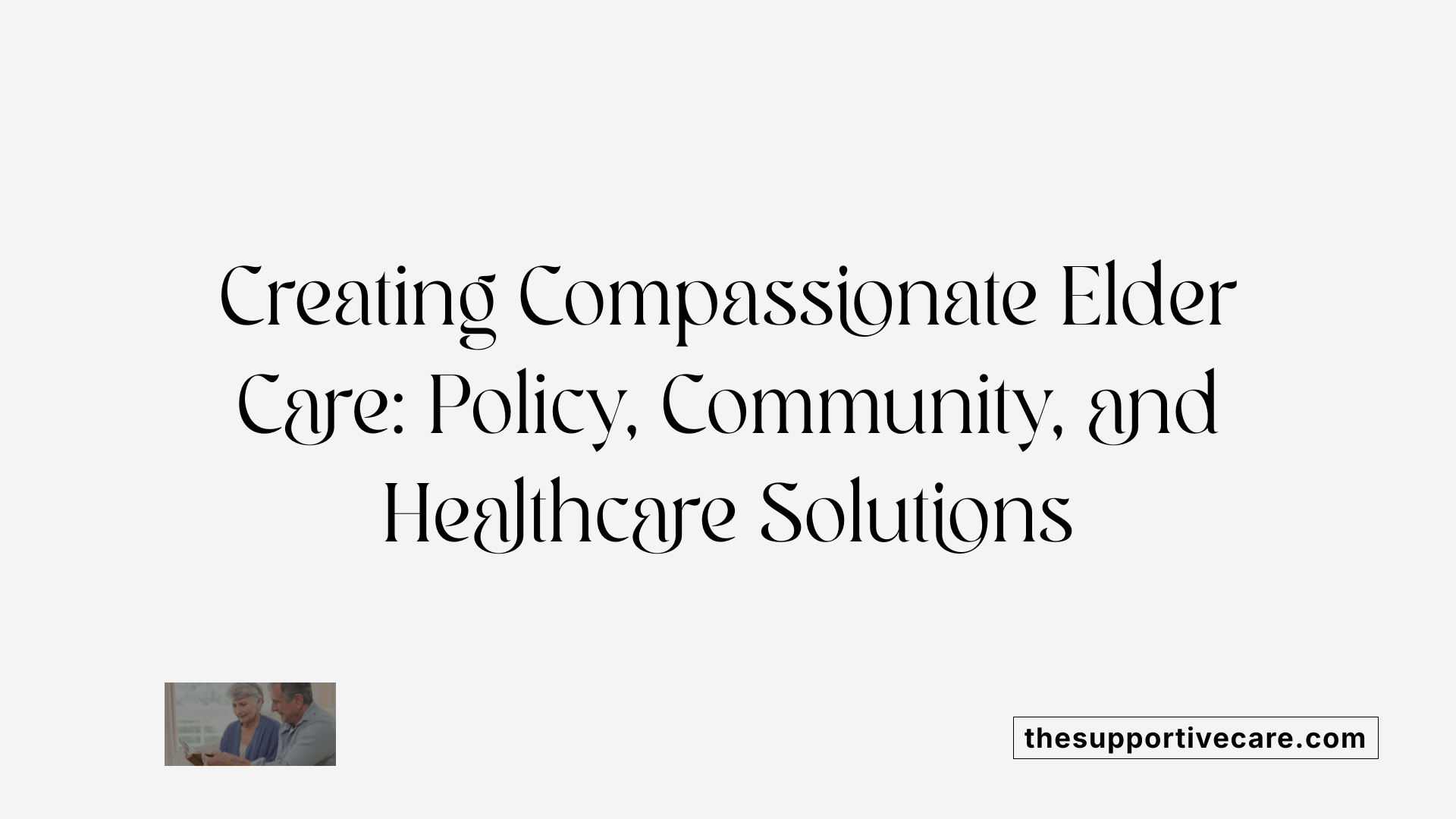
Why Is Addressing Stigma Crucial for Elderly Mental Health?
Stigma, both public and internalized, plays a significant role in preventing older adults from seeking help for depression. Internalized stigma—where individuals accept negative stereotypes about mental illness—can lead to more negative attitudes towards treatment, making them less likely to access care. Older African American adults, for instance, tend to internalize stigma more and hold less favorable views about mental health services than their White counterparts. This internal stigma not only influences attitudes but also mediates the relationship between race and mental health treatment perceptions.
Policy Recommendations for Improving Elderly Mental Health Support
It's vital that policies promote mental health as a standard part of aging, emphasizing that depression is not a normal or inevitable aspect of getting older. Frameworks should include funding for screening programs like the Geriatric Depression Scale, which can help identify depression early, especially in primary care settings where many elderly are diagnosed. Policies must also focus on creating integrated care models that combine physical health and mental health services, breaking down barriers such as limited access, high costs, or transportation issues.
Community Engagement and Education Campaigns
Community-based initiatives are powerful tools to combat stigma and improve mental health literacy among older adults. Education campaigns can normalize seeking help for depression, dispel misconceptions, and highlight that effective treatments like psychotherapy and medication are available and beneficial. Social support networks and community activities can also mitigate feelings of social isolation, a major risk factor for depression.
Training Healthcare Providers for Compassionate Care
Healthcare providers need specialized training to recognize depression in older adults, especially since symptoms often present atypically as physical complaints or cognitive changes. Training should include the use of screening tools like the Cornell Scale for Depression in Dementia and teach providers to approach mental health discussions with sensitivity to reduce stigma fears. Developing a workforce skilled in geriatric mental health ensures early diagnosis, appropriate treatment planning, and ongoing support.
Bringing It All Together
The path toward compassionate elder care involves coordinated policy efforts, community involvement, and trained healthcare professionals. These strategies collectively promote a healthcare environment that supports aging with dignity and mental well-being, ensuring older adults receive the care they deserve.
A Call to Action for Elderly Mental Health Equity
Addressing depression without stigma in geriatric facilities is essential for fostering a supportive, respectful environment where older adults can access the mental health care they need. Reducing stigma through education, community involvement, policy change, and integrated care models can significantly improve detection, treatment, and outcomes for depression in the elderly. As society advances its understanding and commitment, creating a culture of compassion and acceptance becomes not only possible but imperative for honoring the dignity and well-being of our aging population.
References
- Mental Health Treatment Seeking Among Older Adults with ...
- Depression and Aging | Healthy Aging - CDC
- Depression in Later Life: A Diagnostic and Therapeutic Challenge
- Depression in older people - causes, symptoms, treatment
- Clinical Practice Guidelines for Management of Depression in Elderly
- Recognition and treatment of depression in older adults admitted to ...
- Overcoming the Stigma of Seeking Help
